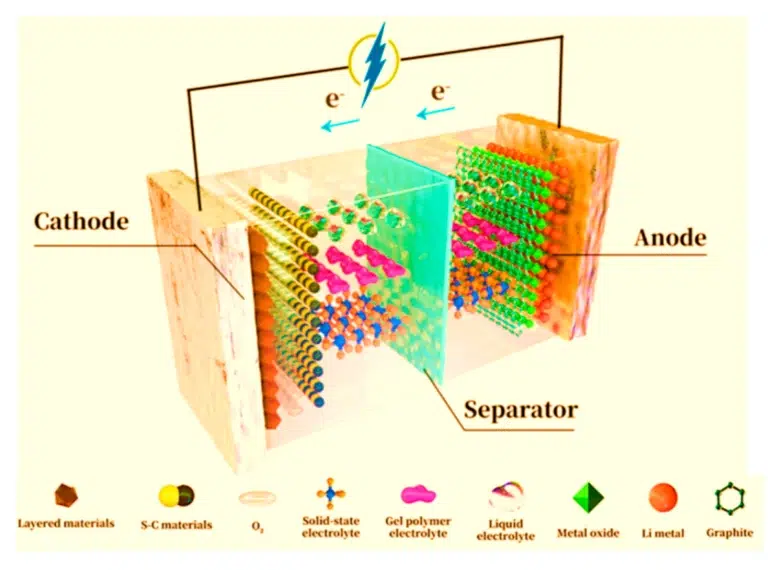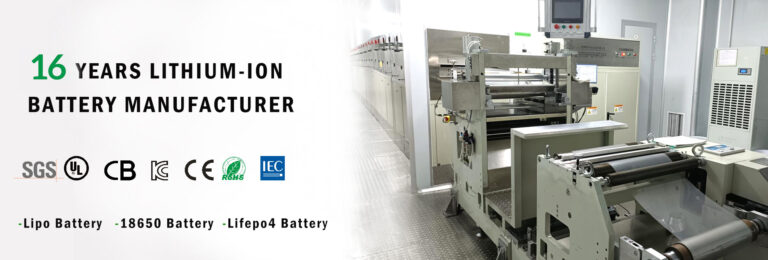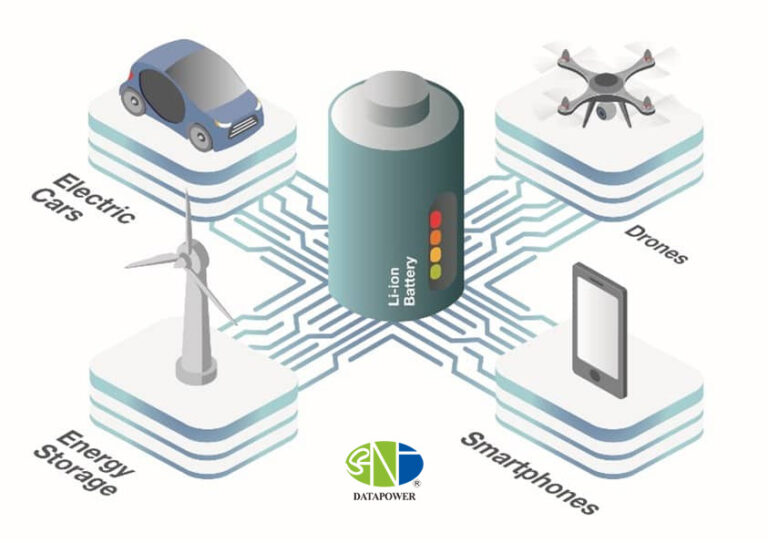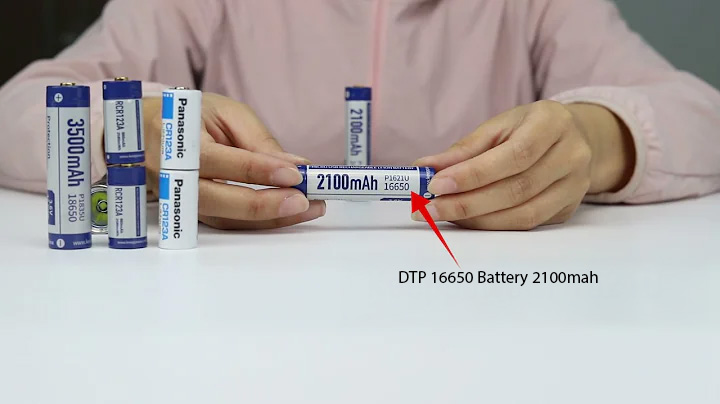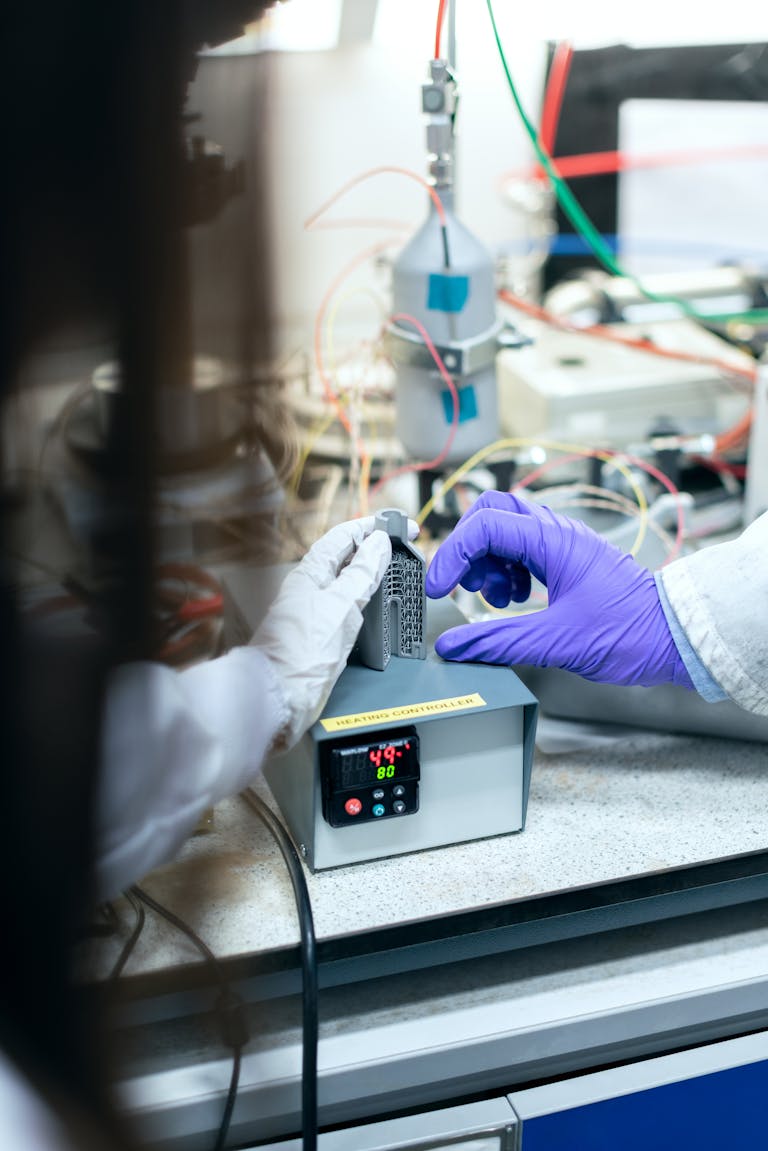When it comes to selecting batteries, whether for personal use or business purposes, the options can be overwhelming. With various battery types, specifications, and uses, it’s important to understand what each battery offers and how to compare them effectively. In this article, we’ll guide you through key aspects of battery comparison, including battery types, specifications, and performance features.
1. Understanding Different Battery Types
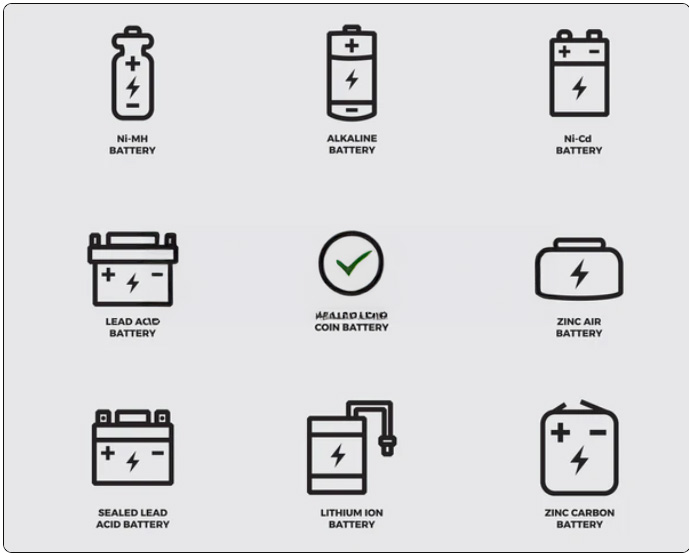
1.1 Lithium-Ion Batteries
Lithium-ion batteries (Li-ion) are some of the most common and versatile batteries today. They are widely used in everything from smartphones and laptops to electric vehicles. Li-ion batteries are known for their high energy density, long life cycles, and ability to store more power in a smaller space.
Pros of Lithium-Ion Batteries:
- High Energy Density: These batteries store a large amount of energy in a small space.
- Longer Lifespan: Li-ion batteries generally last longer compared to other types.
- Fast Charging: They can be recharged quickly, making them ideal for portable devices.
Cons of Lithium-Ion Batteries:
- Cost: They are typically more expensive than other types of batteries.
- Temperature Sensitivity: Li-ion batteries can be affected by extreme temperatures, which may reduce performance.
1.2 Lead-Acid Batteries
Lead-acid batteries are older technology but are still widely used in many applications. These include car batteries, backup power systems, and other high-power applications. Lead-acid batteries are larger, heavier, and less efficient than lithium-ion but are more affordable.
Pros of Lead-Acid Batteries:
- Cost-Effective: These batteries are cheaper than lithium-ion alternatives.
- High Power Output: Lead-acid batteries can deliver high power for short durations, making them suitable for vehicles and large equipment.
Cons of Lead-Acid Batteries:
- Shorter Lifespan: Lead-acid batteries have a shorter lifespan than lithium-ion batteries.
- Bulky and Heavy: Their size and weight can be a limitation in some applications.
- Lower Efficiency: They are less energy-efficient and require more maintenance than other batteries.
1.3 Nickel-Metal Hydride (NiMH) Batteries
NiMH batteries are commonly used in hybrid vehicles, as well as power tools and some portable devices. They are more environmentally friendly compared to lead-acid batteries and offer a good balance between performance and cost.
Pros of NiMH Batteries:
- Better Performance than Lead-Acid: NiMH batteries have better energy density than lead-acid, although they are not as good as lithium-ion.
- Environmentally Friendly: NiMH batteries do not contain harmful materials like lead, making them easier to dispose of.
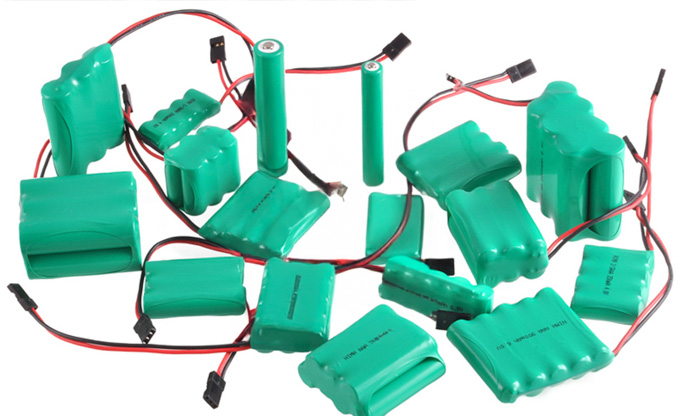
Cons of NiMH Batteries:
- Memory Effect: NiMH batteries can suffer from a “memory effect,” where the battery loses capacity if it is not fully discharged before recharging.
- Lower Capacity: NiMH batteries have lower energy capacity compared to lithium-ion.
2. Key Factors to Consider When Comparing Batteries
When comparing different types of batteries, there are several key factors you should keep in mind. These factors will help you make an informed decision based on your specific needs.
2.1 Battery Capacity (mAh or Ah)
The capacity of a battery is a measure of how much energy it can store. It’s usually expressed in milliamp-hours (mAh) or amp-hours (Ah). A higher mAh or Ah value means the battery can store more energy, allowing your device to run longer before needing a recharge.
- Small Devices: For small electronic devices like smartphones or cameras, a battery with a capacity around 2000-4000mAh is typically sufficient.
- Larger Devices: For power tools or electric vehicles, you may need a battery with a much larger capacity, potentially in the 10,000mAh or higher range.
2.2 Voltage (V)
Voltage is the measure of electrical potential difference between two points. Different devices require different voltages to function properly. A mismatch in voltage can cause malfunction or damage. Common voltages for various batteries include:
- 3.7V: Typical for lithium-ion batteries.
- 12V, 24V: Often used in lead-acid batteries for cars or backup systems.
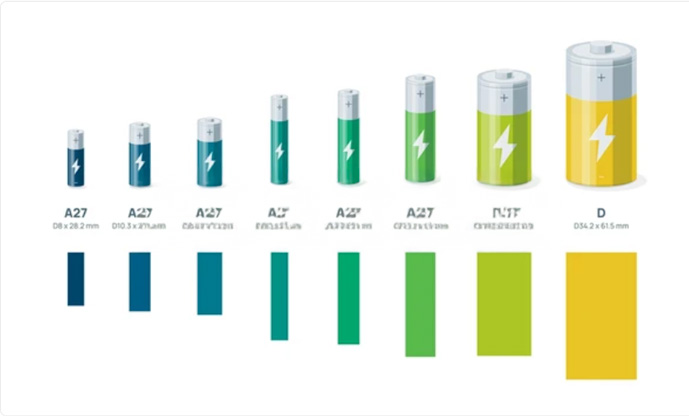
2.3 Discharge Rate (C)
The discharge rate refers to how quickly a battery can discharge its stored energy. This is especially important in high-demand applications like electric vehicles and power tools, where high power is needed in short bursts.
- C Rating: This is the rate at which a battery can be discharged relative to its capacity. For example, a battery with a 1C rating can safely discharge its full capacity in one hour.
- Higher Discharge Rate: If you need a battery for high-power applications, look for one with a higher C rating.
2.4 Cycle Life
The cycle life of a battery refers to how many charge and discharge cycles the battery can go through before its performance starts to degrade. Lithium-ion batteries tend to have the longest cycle life, with many lasting upwards of 500-1000 cycles.
- Lead-Acid: Generally offers a lower cycle life (around 300-500 cycles).
- Lithium-Ion: Typically offers a longer cycle life (around 1000-2000 cycles).
2.5 Charge Time
The amount of time it takes for a battery to charge is also an important consideration. While lithium-ion batteries are known for their fast charging times, lead-acid batteries typically take longer to fully recharge. For example:
- Li-ion Batteries: Can be fully charged in 1-3 hours.
- Lead-Acid Batteries: May take up to 8-12 hours for a full charge.
3. Common Applications for Different Battery Types
3.1 Lithium-Ion Batteries
- Electric Vehicles (EVs): Lithium-ion batteries are the preferred choice for EVs due to their high energy density and ability to handle deep discharges.
- Consumer Electronics: Smartphones, laptops, tablets, and wearable devices rely on lithium-ion batteries for power.
- Renewable Energy Storage: Lithium-ion batteries are also used in solar energy systems to store energy for later use.
3.2 Lead-Acid Batteries
- Automotive: The most common application for lead-acid batteries is in cars and trucks. They are used for starting the engine and powering accessories like lights and radio.
- Backup Power Systems: Lead-acid batteries are often used in uninterruptible power supplies (UPS) and emergency lighting systems.
- Golf Carts and Mobility Scooters: These vehicles often rely on lead-acid batteries for reliable performance.
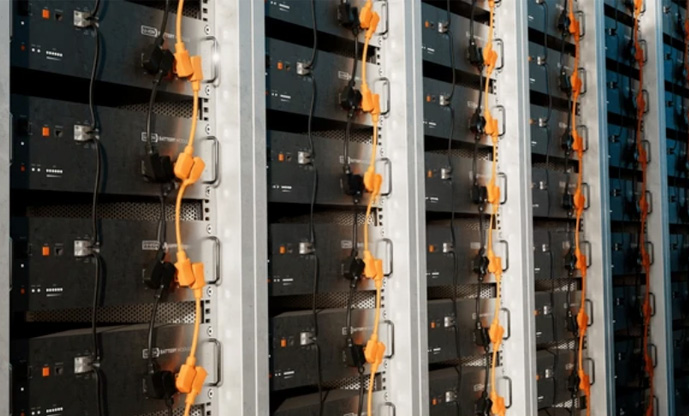
3.3 Nickel-Metal Hydride (NiMH) Batteries
- Hybrid Vehicles: NiMH batteries are commonly used in hybrid cars like the Toyota Prius, providing a good balance of cost and energy density.
- Power Tools: Some power tools, such as drills and saws, use NiMH batteries for longer run times and lighter weight.
4. Battery Comparisons: Making the Right Choice for Your Needs
Here’s a quick comparison of some common battery types based on the factors that matter most:
| Feature | Lithium-Ion (Li-ion) | Lead-Acid | Nickel-Metal Hydride (NiMH) |
|---|---|---|---|
| Capacity (mAh) | High | Moderate | Moderate |
| Voltage (V) | 3.7V, 12V, 24V | 6V, 12V, 24V | 1.2V |
| Discharge Rate (C) | High | Moderate | Moderate |
| Cycle Life | 1000-2000 | 300-500 | 500-700 |
| Charge Time | 1-3 hours | 8-12 hours | 1-4 hours |
| Cost | High | Low | Moderate |
5. How to Choose the Best Battery for You
Choosing the right battery depends largely on your specific needs. Here are a few general tips:
- For High Power Needs: If you need a battery for high-power applications (like electric vehicles or power tools), lithium-ion batteries are generally the best choice due to their high energy density and long cycle life.
- For Budget-Conscious Applications: If you’re looking for a more affordable solution, lead-acid batteries may be the way to go, especially for cars and backup power systems.
- For Hybrid Applications: Nickel-metal hydride (NiMH) batteries offer a good balance between cost, capacity, and efficiency, making them great for hybrid vehicles or portable devices.
When comparing batteries, always consider the capacity, voltage, cycle life, and discharge rate based on what your device or application requires. By taking these factors into account, you can make a more informed decision and choose the battery that best fits your needs.

